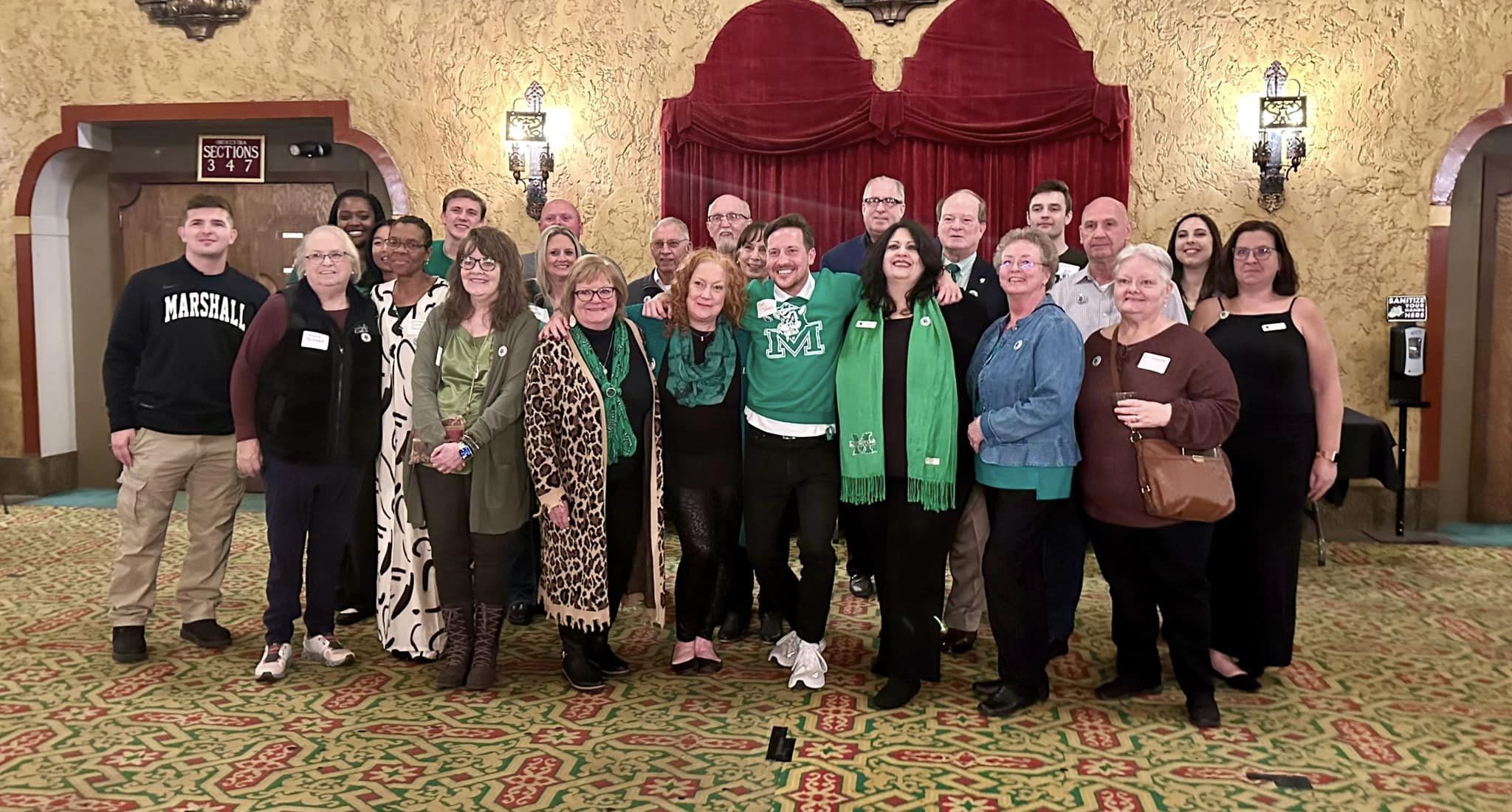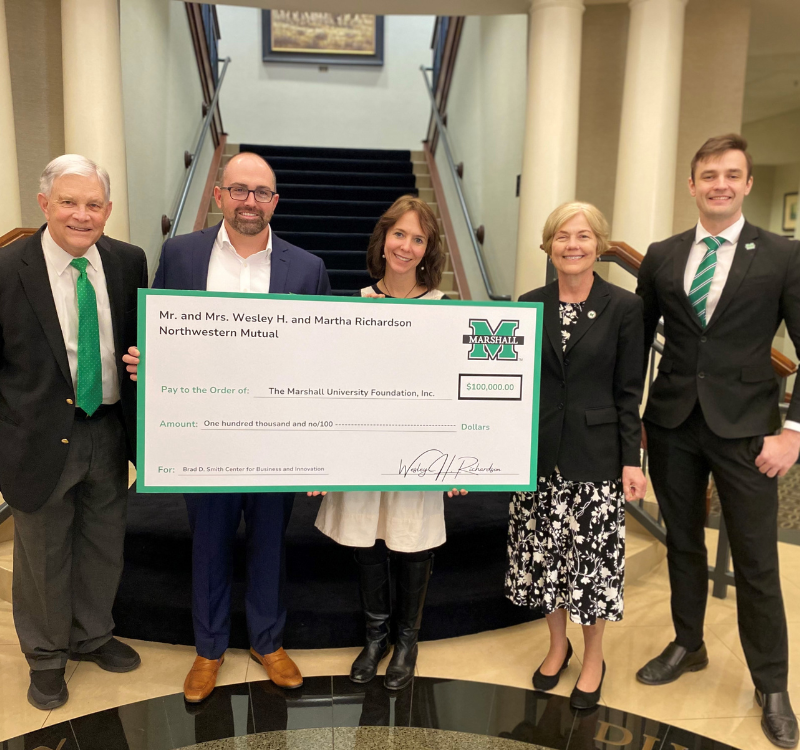The Marshall University Foundation has announced the establishment of the Alpha-Tech Scholarship. This scholarship is generously endowed for $100,000 by Alpha Technologies and will serve students studying cybersecurity.
In August of 2023, Marshall received $45 million from the state of West Virginia to establish a state-of-the-art Institute for Cyber Security, which will position the university at the forefront of cyber defense and research.
“The Alpha-Tech Scholarship is more than a donation; it’s an investment in the next generation of cybersecurity experts. We look forward to seeing the impact these students will make, both at Marshall University and in the broader field of cybersecurity,” said Doug Tate, CEO and owner of Alpha Technologies.
Alpha Technologies is a service-disabled, veteran-owned small business and information technology service company headquartered in Hurricane, West Virginia, with a global datacenter located in South Charleston, West Virginia. Alpha Technologies is a business technology company focused on IT services such as system security and maintenance, internet connectivity, Alpha-Voice services, cloud computing, data storage and backup, and more.
Alpha Technologies’ investment in the Institute for Cyber Security at Marshall aims to create cybersecurity practitioners and buyers, bridging the gap between West Virginia and larger markets in technology, said Rich O’Brien, president of Alpha Technologies. With a 20-year history in the state, Alpha Technologies highlights its commitment to networking services and cybersecurity, while hiring students from Marshall as well as local community colleges.
“Education is a key driver of progress, and our collaboration with Marshall University underscores our belief in the transformative power of knowledge,” O’Brien said. “The Alpha-Tech Scholarship aims to empower students by providing not just financial support but also valuable opportunities for practical experience.”
The scholarship recipients shall be full-time undergraduate or graduate students from West Virginia majoring in a cybersecurity-related field, who are in good academic standing with a 2.5 GPA, and have financial need per the standards of the Office of Student Financial Assistance. Student recipients will be encouraged to apply for internships at Alpha Technologies, translating their academic knowledge into real-world practice.
The scholarship may be awarded to up to four students a year. The award shall be renewable up to four years, or eight semesters, if the recipient maintains good academic standing. The dean of the College of Engineering and Computer Sciences, or their designee, shall select the recipient and renew the award in cooperation with the Office of Student Financial Assistance.
For information regarding the Alpha-Tech Scholarship, please contact Marshall University’s Office of Student Financial Assistance at 304-696-3162.










